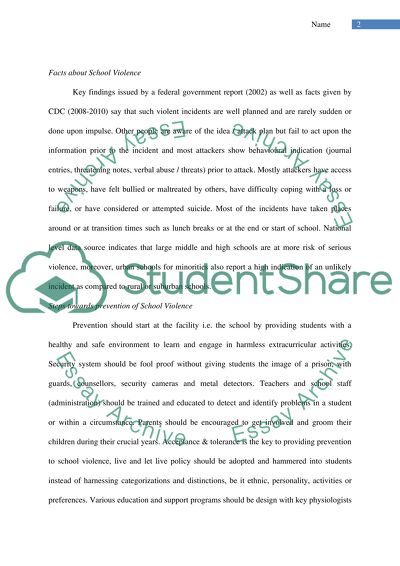Cite this document
(“Social Issue Essay Example | Topics and Well Written Essays - 1250 words”, n.d.)
Retrieved from https://studentshare.org/environmental-studies/1429352-social-issue
Retrieved from https://studentshare.org/environmental-studies/1429352-social-issue
(Social Issue Essay Example | Topics and Well Written Essays - 1250 Words)
https://studentshare.org/environmental-studies/1429352-social-issue.
https://studentshare.org/environmental-studies/1429352-social-issue.
“Social Issue Essay Example | Topics and Well Written Essays - 1250 Words”, n.d. https://studentshare.org/environmental-studies/1429352-social-issue.


